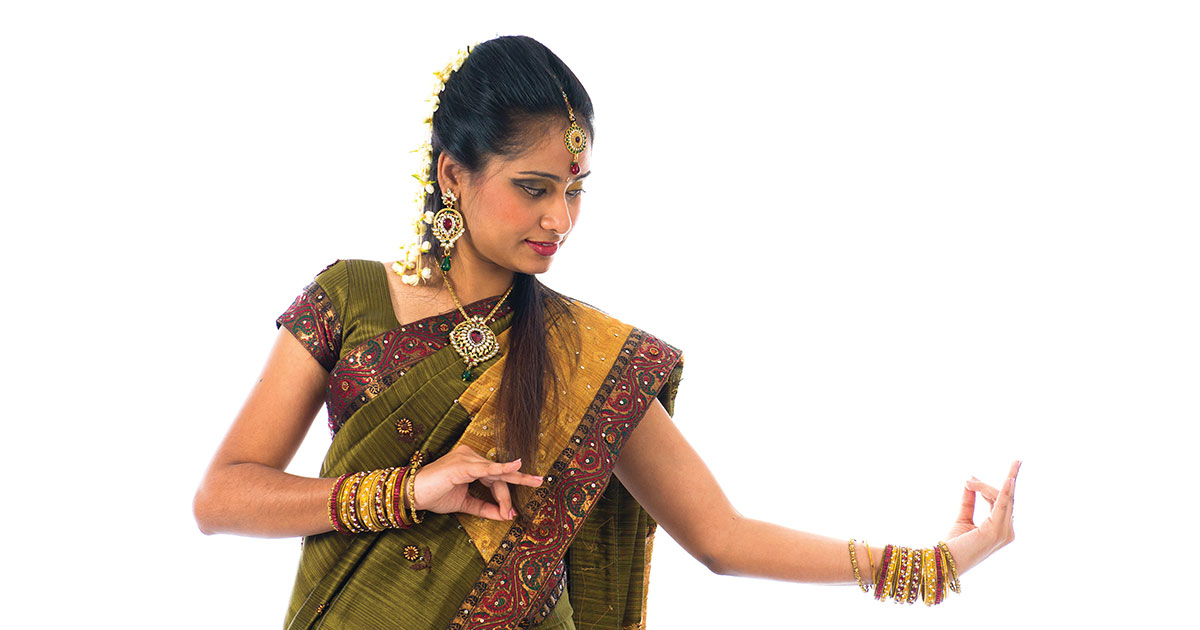April is International Dance Month and one way of celebrating—other than learning these unique movements—is by learning the backstory and purpose of each dance style. And here we go in 5-6-7-8…!
SABAR IN SENEGAL. The term Sabar describes the dance event, the drum and the dance itself. It was founded by the Nguewel people of Senegal. These people were a part of a bigger group called “neeno” that consisted of woodworkers, silversmiths, and pot and pan makers. Before colonial times, kings and nobles had the Nguewel to praise and entertain them through singing, dancing, and drumming. The Sabar dance scene involves the crowd standing in a tight circle while a couple of performers pop into the center and gracefully stomps their legs up and down while still being light on their feet, and flail their arms with huge, joyous smiles on their faces. Almost everyone in the circle gets a turn to show off their moves, and perhaps communicate a message, through dance. To this day, the Sabar is a very upbeat and celebratory African dance that transmits extreme joy and freedom to its audience.
BOLLYWOOD IN INDIA. The term “Bollywood” is a combination of two names: Bombay (modern-day Mumbai) and Hollywood, and is India’s largest film industry. Bollywood dancing was originally only seen in Indian films, but it soon became widespread in the U.S., Canada, and Europe. Bollywood dance exploded across the world with the success of the movie Slumdog Millionaireand gained worldly acclaim. Part of this Bollywood breakthrough is due to the heavy Indian movement. Bollywood dancing was influenced by Indian classical dance and folk dance. Throughout the decades, this bouncy dance style became incorporated with hip-hop influences, disco, and freestyle. Today, Bollywood dance is very influenced by the Western culture in the sense that the dancers are bolder and more extroverted in their movements to captivate an audience. Perhaps Bollywood dancing is a subconscious way of bringing all cultures together to celebrate diversity!
RIVER DANCING IN IRELAND. River dancing made its impactful debut back in the 1994 Eurovision Song Contest, during the seven-minute interval of the showcase. This iconic performance reached over 300 million viewers across the globe and received a standing ovation from the performance arena. The river dance was so novel and unprecedented at the time, that it blew many people’s minds – almost like seeing Michael Jackson perform the moonwalk for the first time at the Motown 25th Anniversary Special (the crowd went insane)! Shortly after seeing the heightened reaction of the audience, the husband and wife production team—Moya Doherty and John McColgan—took a chance and invested one million dollars into a Eurovision contest show. It was marketed throughout Ireland and led to a video benefitting the country of Rwanda that had just suffered a genocide earlier that year. The video helped raise substantial money for Irish relief agencies in Rwanda! Of course, river dancing continues to grace and inspire the world.
FOLK DANCING IN THAILAND. It’s a bit difficult to trace down the history of Thai folk dancing, but there are a plethora of variations. Likay is a Thai folk dance that is rooted in the Muslim religion. This dance form incorporates cartoonlike elements and some comedy. The dancers normally use their bodies to perform both original stories and traditional ones. Likay performances are likely seen at village festivals and are entertaining for all age groups. Ram Muay is more of a ritual folk dance. It is traditionally seen at Southeast Asian kickboxing matches such as Muay Thai. At the start of the match, the fighter performs this dance to show off his skill, prowess, and grace. The fighters perform their dances on each side of the ring before each match. The Ram Muay choreography typically ranges from simple to very fast and intricate.
PASO DOUBLE IN SPAIN. This Spanish term translates to “double step.” Originating in France, this dance is inspired by the bullfight with the bull and the matador and reflects triumph and power. The male dancer represents the matador while the female dancer represents the matador’s cape, moving swiftly and gracefully. It remains traditional and passionate today and is loved by audiences all over the globe.






















